
What is NFT
And How Does NFT Work?
Think about it: you pay a fair price for a piece of digital art on the Internet, and in exchange you receive a digital token that verifies your ownership of the work. It'd be fantastic, wouldn't it? Now, with the help of NFTs, that possibility is a reality. Non-fungible Tokens (NFTs) are currently dominating the digital art and collectibles market. NFTs are being promoted as the digital equivalent to collectibles, much like Bitcoin was when that idea first caught on. Due to the surge in demand from the cryptocurrency market, the careers of many digital artists are blossoming. Ones curious about NFTs and eager to learn more about them have arrived at the right place. What is the big deal, anyway? Let's dive in and find out
If you were to describe NFT, what would you say it means?
Non-fungible tokens (NFTs) are digital assets that cannot be exchanged for other tokens of equal value. These digital assets use blockchain technology, which is a distributed ledger. They can't be swapped for other cryptocurrencies or traded like that. Just like Bitcoin or Ethereum. Because of its singular qualities, NFT is a descriptor that implies it is incomparable to other similar things. Fiat currency and digital currencies are interchangeable because of their fungibility
Tokens with non-fungible characteristics cannot be swapped or exchanged with one another, hence the term "non-fungible token" (NFT).
Features Crucial to NFT
- Digital Asset - NFT is a digital asset that represents internet collectibles like art, music, and games with a blockchain-based authentic certificate.
- Authentic and one-of-a-kind, making any attempt to forge or alter it futile Most notably, Cryptopunks is an NFT. It's the best way to prove ownership of up to 10,000 collectibles and use them in transactions
Why is NFT so Effective?
After getting a basic grasp of what an NFT is, you should move on to studying its operation.
The vast majority of NFTs are stored on the blockchain of the Ethereum cryptocurrency, a decentralized public ledger. NFTs are unique tokens that contain valuable information. Their value is determined primarily by supply and demand, so they can be bought and sold like any other physical form of art.

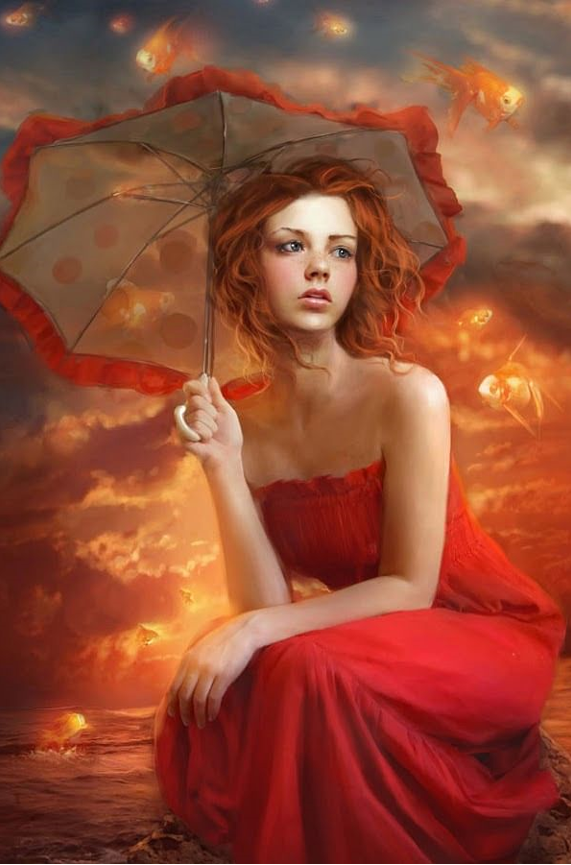
Validation Cases for NFT
People have only recently entered the NFT world. Examples of current NFTs include the following
- A Virtual Artifact of Interest
- Domains, Games, Essays, and Fashion Sneakers
The Function of Non-Formal Theory
NFTs are popular among Crypto traders and art collectors alike. In addition to that, they are most widely used in digital content today. NFTs boost content creators' earnings because they fuel a creator economy in which creators transfer ownership of their work to the platforms that promote it

The use of NFTs as in-game items has attracted a lot of attention from the gaming industry. There are many ways in which players can profit from NFTs. In a typical MMO, your character's inventory is limited to the clothes and accessories you can purchase for them. When it comes to NFTs, you can get your money back by reselling the items once you're done with them.
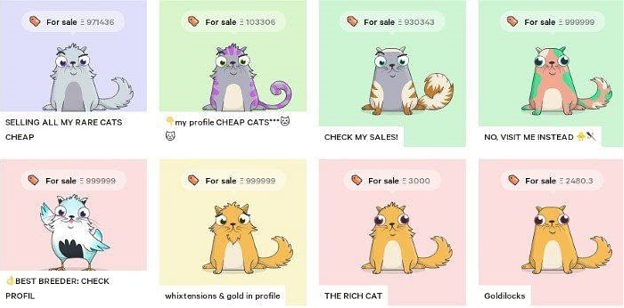
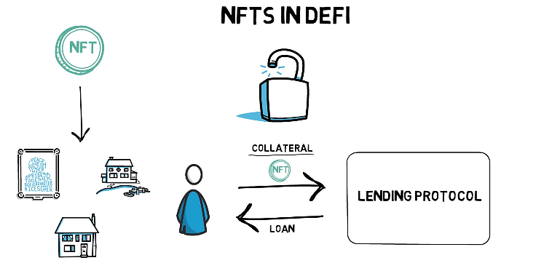
NFT and DeFi (Decentralized Finance) use the same underlying technology for their investments and collateralization processes. Use a DeFi app to secure a loan against your digital assets. Both NFT and DeFi are investigating the possibility of using NFTs as collateral instead

For domain names, NFTs can help you choose a more memorable name. Like a domain name for a website, this makes the associated IP address easier to remember and more valuable
Snoop Dogg, Shawn Mendes, and Jack Dorsey are just a few of the celebrities who have shown an interest in the NFT by releasing and then selling their own personal memories and works of art as securitized NFTs
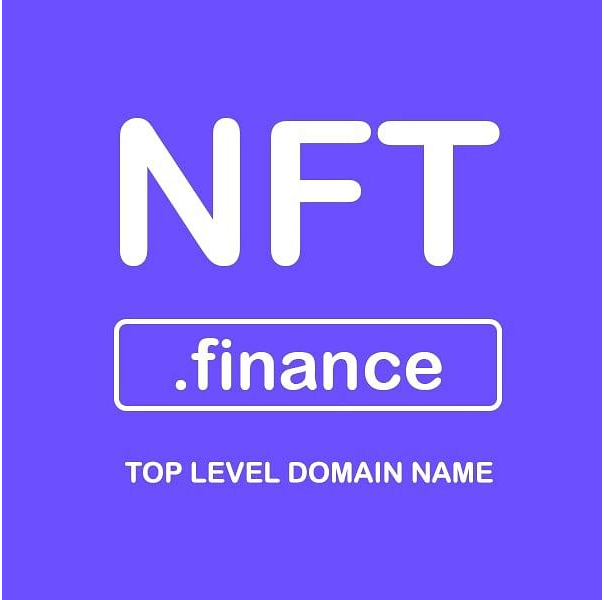
When it comes to NFT applications, NBA Top Shot is where it's at.
Dapper Labs, the developers of the CryptoKitties game, teamed up with the National Basketball Association to create NBA Top Shot, a non-fungible token that has seen recent popularity (NBA). Dapper Labs has a license from the NBA to digitize and sell individual highlight video reels, among other content. Every tape features a different video clip, like a highlight reel of a famous player dunking the basketball, with varying camera angles and special effects added in post-production. A perfect copy of the video would still be easily identifiable as a fake. The company has raised $305 million from investors including Michael Jordan and Kevin Durant, and has already generated $230 million in sales
These videocassettes are fetching astronomical prices on the market. Popular ones include
- The "Cosmic" Dunk by LeBron James: $200,000
- $100,000 for a Zion Williamson "Holo MMXX" Block
- In the "From the Top" Block competition, LeBron James won $100,000
- $100,000 for a "Throwdowns" dunk by LeBron James
- LeBron James's "Holo MMXX" Dunk: $99,999
- Steph Curry's "Deck the Hoops" Handles, $85,000
- The "Holo MMXX" dunk by Giannis Antetokounmpo earned him $85,000
- Cash prize for a LeBron James "From the Top" dunk: $80,000
These one-of-a-kind NBA moments are minted and distributed to retailers in waves known as "pack drops." The most common ones go for $9, but rarer ones can fetch hundreds or even thousands.
Now that you know what NFT is and how you can benefit from it, let's dive deeper into how it differs from other types of cryptocurrencies
The rising acceptance of NFTs begs the question, why?
In reality, NFTs have been around since 2015; however, there are currently several factors contributing to a surge in their popularity. The first and perhaps most obvious is the growing acceptance and popularity of cryptocurrencies and the blockchain technologies that underpin them. The convergence of fanaticism, the economics of royalties, and the laws of scarcity go beyond the capabilities of the underlying technology. Everyone wants a piece of the action when it comes to buying rare digital content and possibly holding it as an investment.
Content purchased with a non-fungible token belongs to the buyer, but it can still be shared widely online. As an NFT becomes more widely used, its value increases as a result of its increased exposure on the internet. In the event of a sale, the platform retains a small percentage of the proceeds, the original creator receives 10%, and the current owner retains the remaining 90%. As a result, as popular digital assets are bought and sold over time, there is the possibility of recurring revenue
How Commonplace Have NFTs Become Lately?
Is it fair to say that NFTs have finally entered the mainstream with all the attention they've received recently? There is convincing evidence in this article to support the idea that NFTs are now deeply embedded in the collective consciousness. The fact that several famous people have dabbled with NFT certainly doesn't hurt.
What makes an NFT Unique Among Digital Currencies?
The only similarity between NFTs and other cryptocurrencies is that they are both written in a programming language.
Other Cryptocurrency
- Unlike fiat currencies, cryptocurrencies can be freely traded and exchanged with one another. Furthermore, their relative worth's are also identical
- One Bitcoin, or one US Dollar, is always equivalent to another Bitcoin, or one US Dollar.
NFT
- Since each NFT serves as a unique digital signature, they cannot be traded for or compared to one another.
- The Last Supper, for instance, is a one-of-a-kind painting that cannot be substituted for another.
Ethereum and NFTs
NFTs can function on the Ethereum blockchain for a number of reasons
- Large fees are sometimes accepted in exchange for the ability to trade NFTs without the use of P2P marketplaces.
- Since the "backend" of all Ethereum products is the same, NFTs can be bought on one platform and sold on another with ease.
- Since Ethereum never goes down, you can sell your tokens at any time; once a transaction is confirmed, data cannot be manipulated to forge ownership.
Penguin Communities
The Pudgy Penguin community is active on the Ethereum blockchain, and its tokens represent ownership of a non-fungible asset: a flock of 8,888 penguins. There are many communities like Pudgy Penguin that provide members with perks and advantages, such as a shared Discord server or a private Telegram channel where you can talk to other owners
It's common for NFT projects to host their own communities, where participants can work together, swap ideas, and even financially back each other's creations
When investing in NFTs, What Should You Know?
With your newfound knowledge of NFTs' applications and advantages over competing cryptocurrencies, you may be considering making a purchase. In that case, you'll want to make sure you have the following before you begin
- Depending on the currencies your NFT provider accepts, you will first need to acquire some cryptocurrency, most likely Ether, and then store your NFTs and cryptocurrencies in a digital wallet.
- Cryptocurrencies can be purchased from exchanges and then transferred to a personal cryptocurrency wallet. Bear in mind, that many exchanges charge a small percentage of your crypto purchase transaction as fees
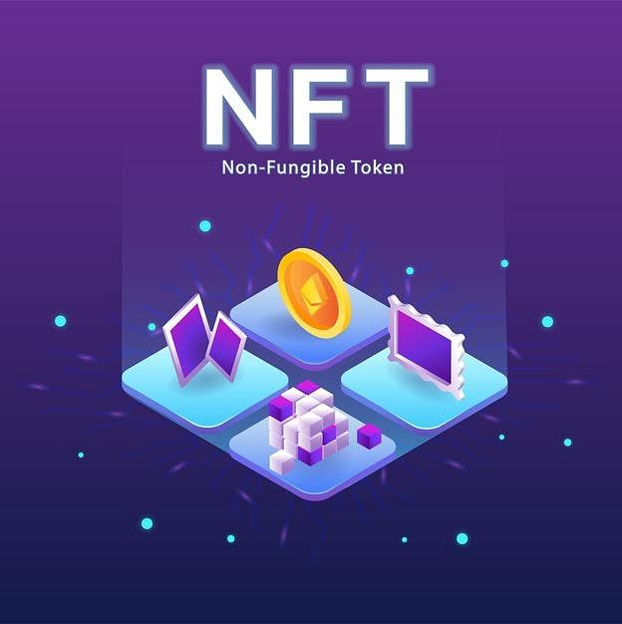
To what extent does NFT have a promising future?
Those who are trying to make it in the music industry can benefit from NFT's increased media exposure and unique social media perks. The CEO and Co-Founder of Twitter, Jack Dorsey, and Vignesh Sundaresan, better known as "Metakovan," have recently spent a combined $69,350,000 on NFT artwork on Beeple. Dorsey's first tweet, "just setting up my twitter," is now a famous part of Internet lore
People are willing to pay hundreds of thousands of dollars for NFTs as demand rises.
Many experts in the crypto industry, including David Gerard, author of Attack of the 50-foot Blockchain, predict that nearly half of all new crypto users will start with NFTs. As NFT gains traction, it has the potential to become an even more integral part of the emerging digital economy.


